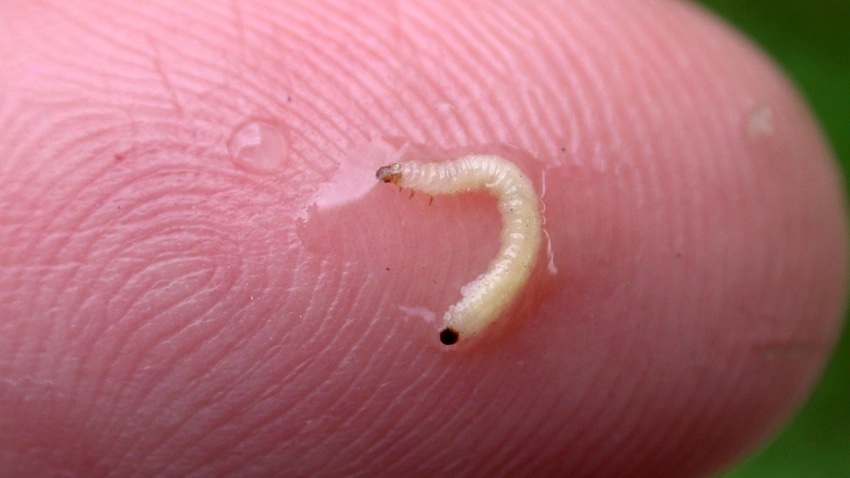Don’t write off corn rootworms, borers

I’m going with hybrids without corn rootworm protection. Some don’t even have corn borer protection. Will I be sorry next fall?
The Indiana certified crop adviser panel answering this question includes Gene Flaningam, agronomist with Flaningam Ag Consulting LLC, Vincennes; Greg Kneubuhler, agronomist with G&K Concepts Inc., Harlan; Troy Jenkins, agronomist with Ceres Solutions and 2022 CCA of the Year; and Dan Quinn, Purdue Extension corn specialist.
Flaningam: Corn rootworm has always been more of a problem in central and northern Indiana. Corn following corn will also be more of a concern. Manage rootworms with an insecticide applied at planting, or possibly a high rate of insecticide seed treatment. Some examples would be an in-furrow application of a liquid insecticide or even applying a dry granular in a band behind planter row units.
Corn borer must be monitored by moth flights. In-field scouting will determine if you have infestations. Thus, weigh your options. You can spend money on Bt traits for extra protection that may be needed or implement additional management practices to offset those Bt traits not provided.
Kneubuhler: A lot of the trend in hybrid selection lately has been without rootworm protection. Rootworm pressures have been low enough to support that decision. However, we’re seeing resurgence in corn rootworm pressure here and there. I would not rule out corn rootworm protection. It may be worthwhile planting some to evaluate.
Corn borer is difficult to predict. Early weather patterns can bring in moths and lead to corn borer pressure. If I didn’t have corn borer protection, I’d be thinking seriously about an early-season insecticide application over the top to control incoming moths. In summary, just understand your current pressures and situation in making that decision on traits. Not buying traits isn’t a bad thing if crops are managed appropriately.
Jenkins: With no traits, it would be advisable to use insecticidal seed treatment at the higher rate, an in-furrow liquid insecticide or dry insecticide application for not only corn rootworm but also grubs, wireworms and seed corn maggots. We’ve seen an increase in rootworm variants in parts of the Midwest. Numbers have slightly increased in spots.
Without corn borer traits, intensive scouting is a must at V6 to V9. Dry insecticide applied over the top should be made if you exceed recommended university threshold levels. Scouting again is necessary for the second-generation corn borer, corn rootworm beetles and western bean cutworms. Foliar liquid applications of pyrethroid insecticides can control these pests. With corn borer, corn planting date and hybrid maturity can be the biggest factors.
Quinn: Corn rootworm populations in Indiana are currently at historic lows, so right now, it may be worth attempting to skip corn rootworm protection to save on seed cost. However, there are two caveats. First, understand current corn rootworm pressure on your farm, either through traps or root assessments. Second, only do this where corn follows soybeans. Skipping corn rootworm protection on continuous corn is much riskier and not recommended.
Now, in any given year, could you end up being sorry by skipping corn rootworm protection? Yes. However, due to the historically low pressure of corn rootworm pressure now, you will likely not be sorry as long as it’s not in continuous corn and there wasn’t recent corn rootworm pressure.

